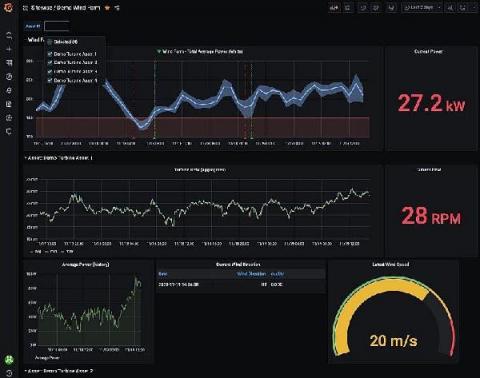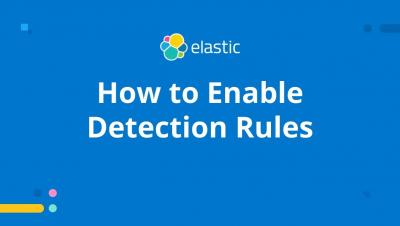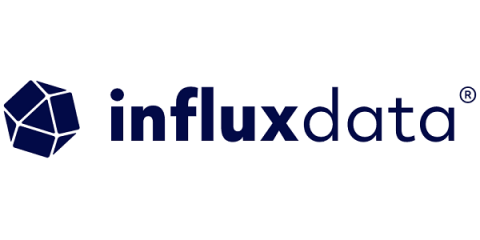With the new AWS IoT SiteWise plugin, you can visualize and monitor your equipment data in Grafana dashboards
In collaboration with the AWS team, we have just launched another AWS integration, the AWS IoT SiteWise plugin for Grafana. AWS IoT SiteWise is a managed service that helps users collect, store, organize, and monitor data from industrial equipment, across facilities, at scale.










